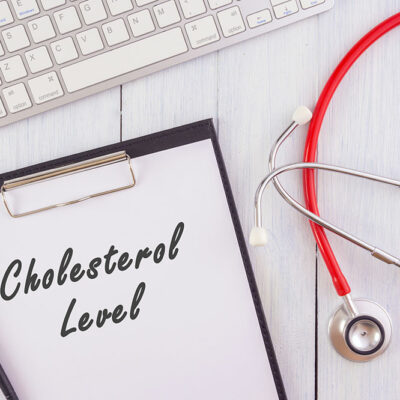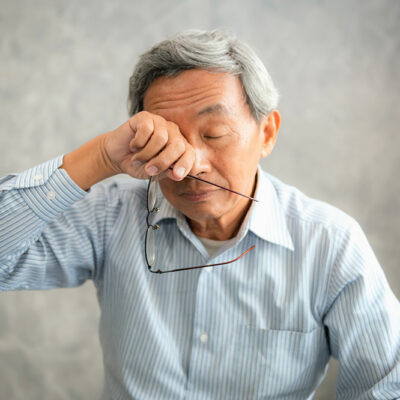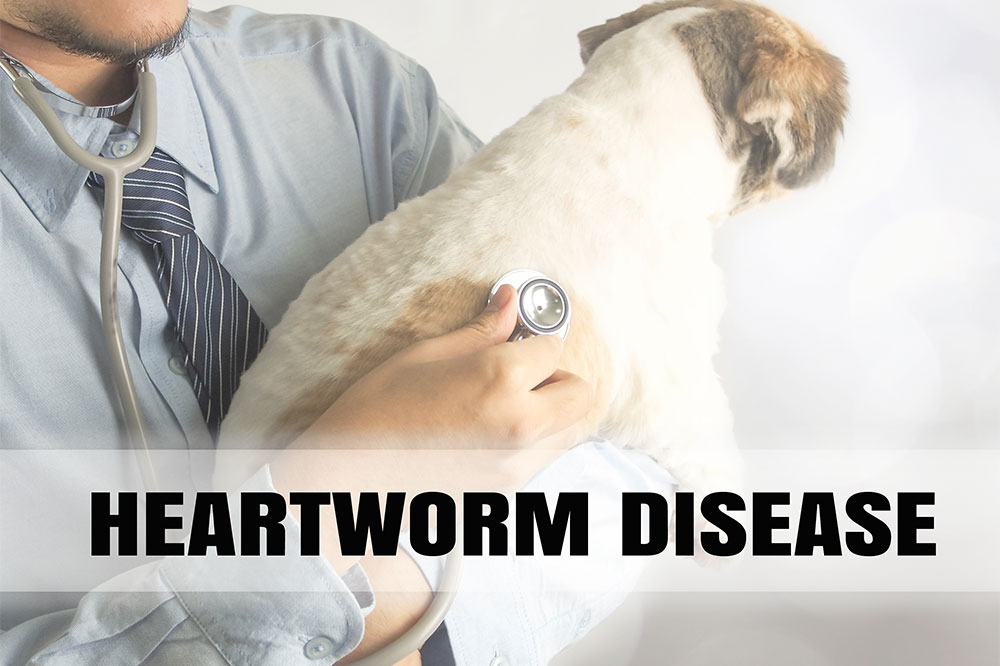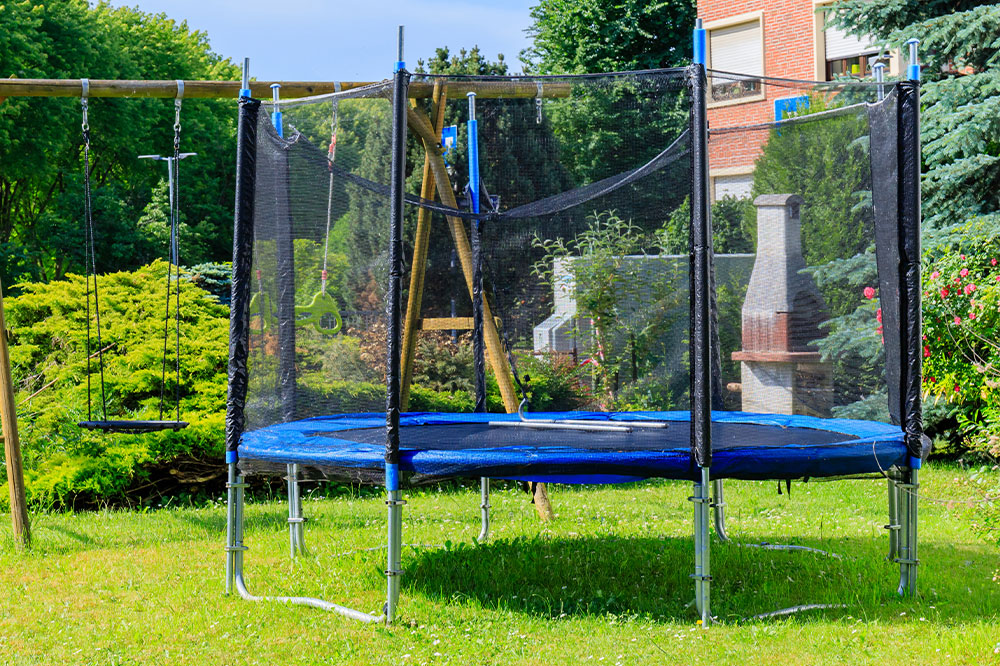What you did not know about arthritis
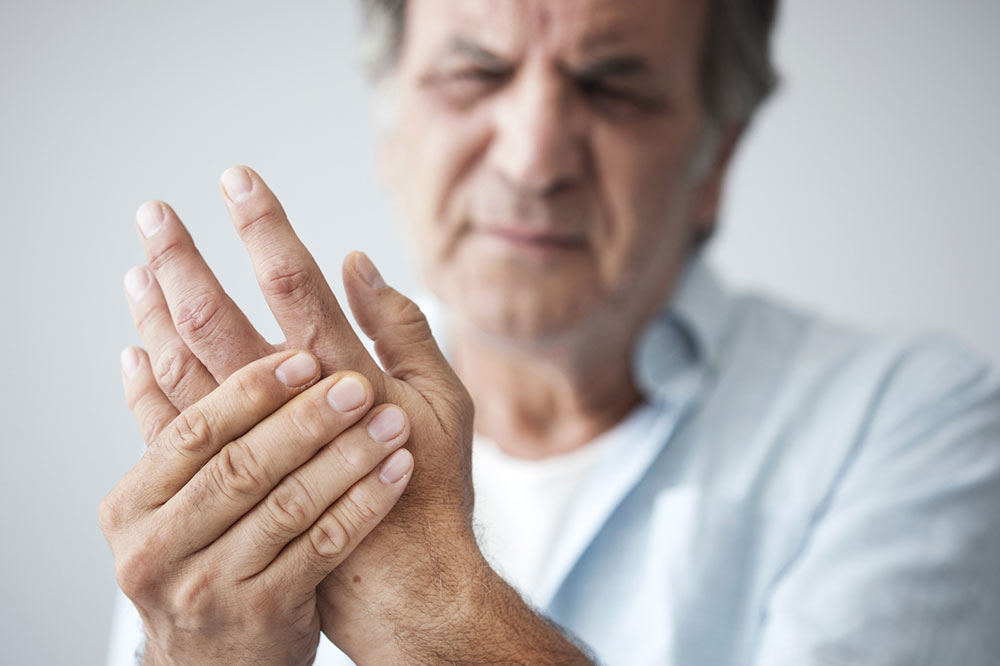
Owing to the dynamics of the human body, the elderly are especially susceptible to multiple ailments and conditions that restrict their movement in more ways than one. While an array of such illnesses exists in nature, arthritis is probably the most common among the said age-group, although youngsters and adults are just as likely to be diagnosed with it.
Broadly, arthritis refers to the inflammation of the joints—the point where two bones are connected, similar to an overbridge which links two roads. The condition can affect multiple joints and has over 100 subclasses within it. Nonetheless, osteoarthritis (OA) and rheumatoid arthritis (RA) are more common than the others, with women and overweight individuals more vulnerable to it.
What causes arthritis?
Given the location of its existence, severe injury to the joint is usually the most common route to arthritis. Excessive pressure on the organ could damage the cartilage – a connective tissue in the joint that acts as a shock absorber in an automobile and allows for unrestricted movement of the bones.
However, arthritis can take birth in many different ways: infections, genetics, and immune disorders being a few among others to cause the ailment. The disease sometimes occurs randomly, which adds a level of unpredictability to it.
What are its symptoms?
Similar to how there are different forms of the disease, there exist multiple symptoms that mark the onset of arthritis. Osteoarthritis, for instance, is usually accompanied by joint pain and stiffness due to less movement and grating—a sensation where one feels something rubbing against each other inside the joint.
Similarly, joint pain for six weeks or longer, morning stiffness for more than 30 minutes, and pain in multiple joints are specific symptoms of rheumatoid arthritis. Furthermore, loss of appetite, weight loss, chills, and joint swelling are valid symptoms of various other forms of arthritis and must be immediately reported to a doctor.
Is it curable?
Despite the advances in medical science and technology, there isn’t an apparent cure for arthritis. However, early-stage diagnosis and treatment can help in managing and severely reducing the pain. Depending on the type of arthritis, different forms of medication are prescribed.
Analgesics, disease-modifying antirheumatic drugs (DMARDs), and allopurinol are commonly used for treating arthritis. Surgery, meanwhile, is also a valid option, wherein the infected joint is replaced with an artificial one.
Additionally, physical therapy and a balanced diet are essential in treating arthritis. Movement of the muscles around the infected joint can help in both strengthening and increasing the flexibility of the muscles. A proper diet consisting mainly of beans, olive oil, whole grains, fish, fruits, and vegetables helps reduce the joint’s inflammation and is a vital component in the fight against arthritis.




